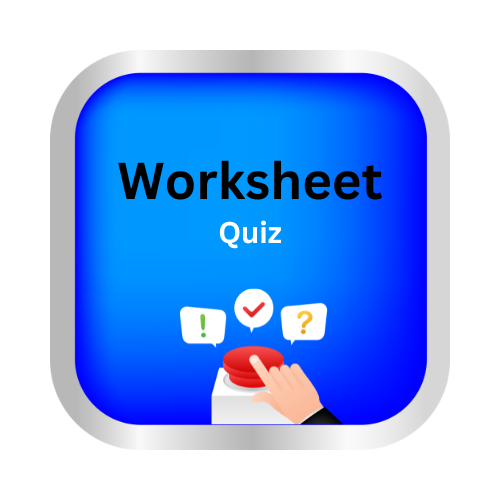Use the correct pair of correlative conjunctions
Key Notes:
🌟 Correlative Conjunctions
| ✨ What are Correlative Conjunctions? |
Correlative conjunctions are pairs of words that work together to connect equal parts of a sentence (words, phrases, or clauses). 👫
| 🔑 Common Correlative Conjunctions |
either … or → Choice between two things ✅
- 👉 Example: You can either eat pizza or pasta. 🍕🍝
neither … nor → Negative choice (not this and not that) ❌
- 👉 Example: She likes neither tea nor coffee. 🍵☕
both … and → Adding two things together ➕
- 👉 Example: I like both cats and dogs. 🐱🐶
not only … but also → Emphasizing two ideas 💡
- 👉 Example: He is not only smart but also kind. 🧠💖
whether … or → Shows alternatives / possibilities 🔄
- 👉 Example: I don’t know whether it will rain or shine. 🌧️☀️
| 🌈 Tips to Remember |
- Always use correlative conjunctions in pairs. 👯
- Make sure the sentence parts they connect are equal in structure. ⚖️
- Don’t mix them up! ❌ (either … nor ❌)
| 📝 Quick Practice Sentences |
Fill in the blanks with the correct pair:
- You can have _____ ice cream _____ cake. 🍨🍰
- She wants _____ to dance _____ to sing. 💃🎤
- He is _____ tall _____ strong. 💪
- I will go _____ to the park _____ to the zoo. 🏞️🦁
- She likes _____ chocolate _____ vanilla. 🍫🍦
Let’s practice!🖊️

